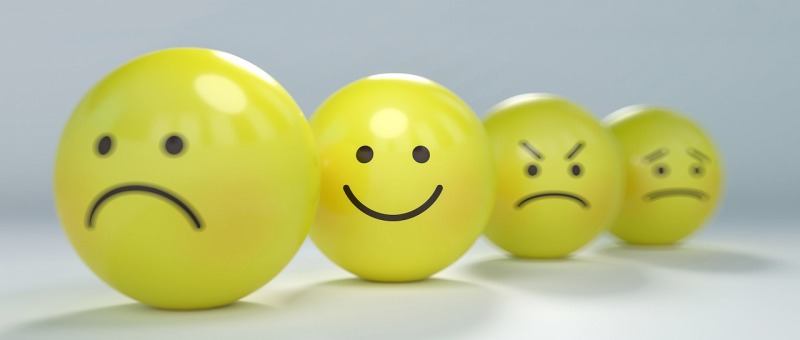Does the emotion word for happiness mean the same thing in all languages?
How about grief? Angst?
A scientific study looked at the semantic patterns in some 2,500 languages and discovered that emotion words may mean different things according to the language family from which they originate.
We’ve talked about emotion and culture over the past few weeks: how emotions are perceived differently and expressed differently.
Now, we learn that even the language of emotion is diverse.
Let’s take a look.
Universal Emotions
Some emotions, which English speakers might consider primary emotions – think happiness, sadness, anger, love, hate, etc. – are quite universal across world languages.
Most languages have words to describe the primary feelings shared by all humans.
However, just as cultures see color differently, even these primary emotions may be nuanced.
The primary emotion of anger blends into other feelings in different cultures.
Indo-European languages link anger to anxiety, while Austroasiatic languages link it to regret or grief.
Austronesian languages connect anger to pride and hate, while Nakh-Daghestanian languages connect it to envy.
This seems to indicate that cultures see even primary emotions in different shades.
But where culture and emotion become even more interesting is in the specificity of the language surrounding it.
German Specificity
Some languages, like German, have words expressing very specific feelings for which other languages have no equivalent vocabulary.
“Sehnsucht,” for instance, means to yearn deeply for another life, while “schadenfreude” means to feel pleasure from another’s misfortune.
There are no direct translations in English, and the nuance would be lost in describing these feelings in pretty much any other language but German.
You might consider that these feelings, therefore, are deeply rooted in German culture.
Papua Guinea’s Hospitality
The word, “awumbuk,” is another example of a feeling expressed with language that is deeply rooted in culture.
This word comes from the Baining people of Papua Guinea.
It expresses the feeling felt after guests leave following an overnight stay.
According to cognitive scientist, Asifa Majid, it describes a feeling of listlessness, like a “social hangover.”
The different experiences of emotion across cultures are emphasized in language.
As the study’s senior author, psychologist and neuroscientist, Kristen Lindquist, put it,
“We walk around assuming that everyone else’s experience is the same as ours because we name it with the same word, and this suggests that that might not be the case.”

